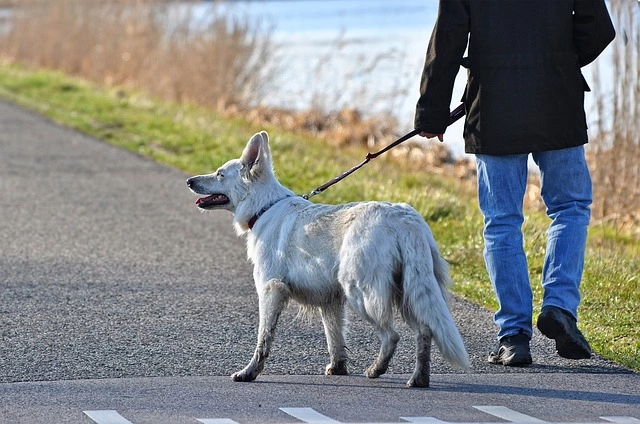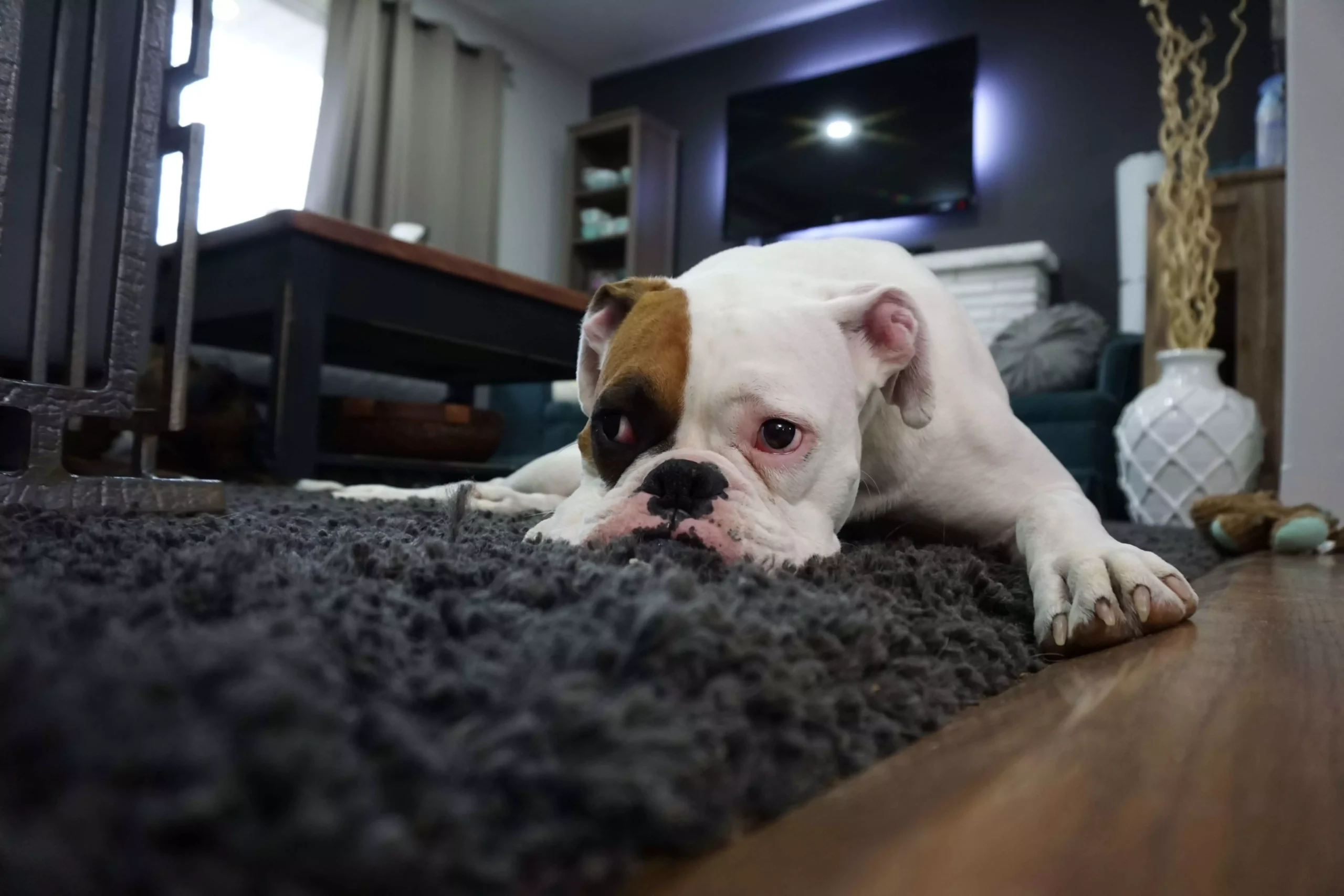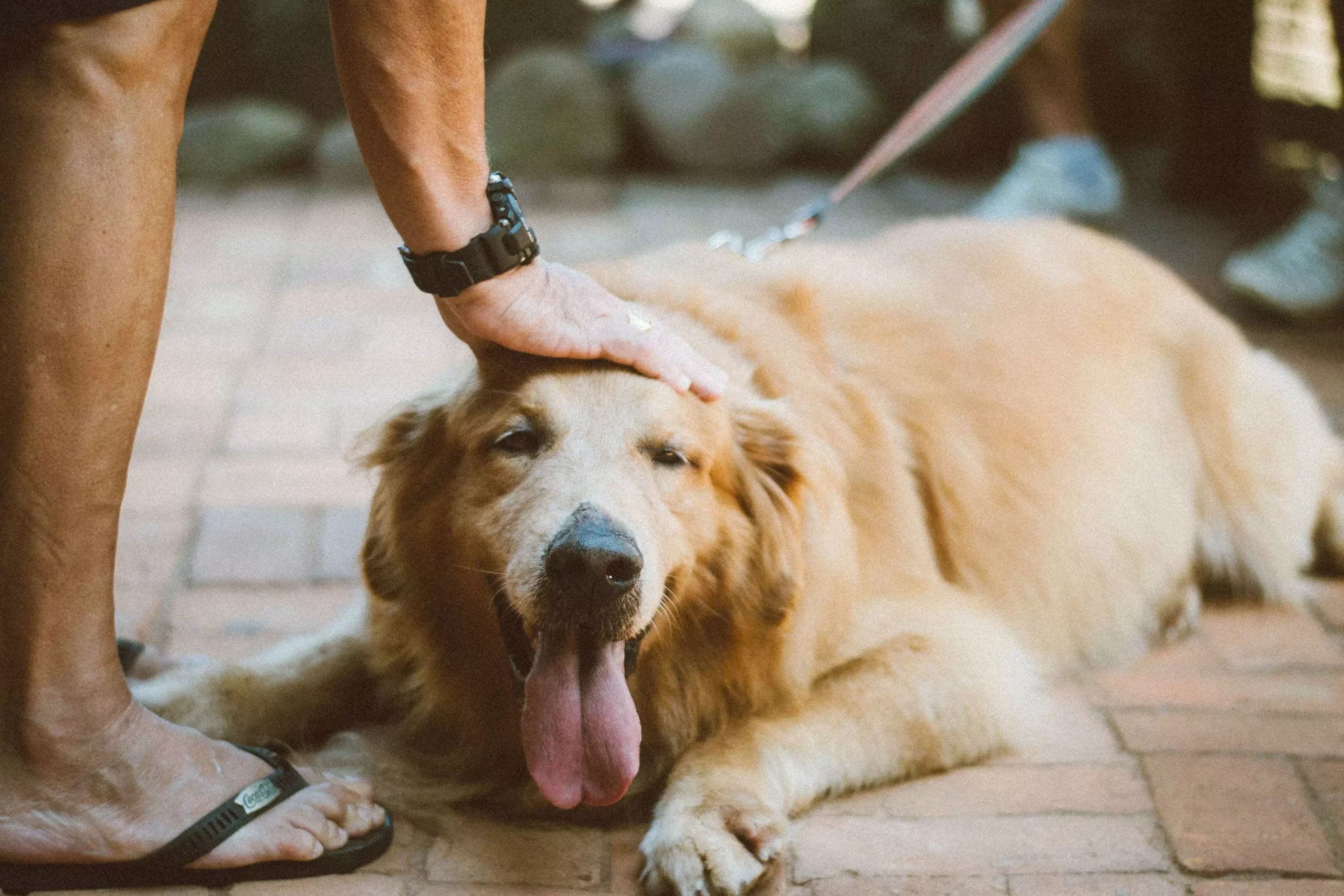Welcoming a new furry friend into your home is an exciting time, but it’s crucial to prioritize their health and well-being from the start. One of the first steps in ensuring your dog’s long-term health is scheduling their first vet visit. However, the thought of a vet visit can be overwhelming for both you and your four-legged companion. Fear not! In this article, we will guide you through the process of preparing for and handling your dog’s first vet visit, ensuring a positive experience for everyone involved.
Your dog’s first vet visit is a crucial milestone in their life. It serves as an opportunity for the vet to conduct a comprehensive health check, establish a vaccination schedule, and discuss preventive care measures. Additionally, it allows your dog to become familiar with the veterinary clinic, reducing anxiety during future visits. By prioritizing your dog’s first vet visit, you are setting a strong foundation for their lifelong well-being.
Before the vet visit, gather any relevant information about your dog’s medical history, including vaccination records, previous health issues, and current medications. This information will assist the vet in providing the best care possible. Additionally, choose the right veterinarian for your dog. Ask for recommendations from friends, family, or fellow dog owners in your community. Look for a veterinarian who specializes in canine care, has a good reputation, and makes you and your dog feel comfortable.
To ensure your dog feels comfortable during the vet visit, accustom them to being handled. Practice gentle touching, examining their paws, and opening their mouth. Gradually increase the duration and intensity of these handling exercises to replicate what the vet might do during the examination. Similarly, acclimate your dog to car rides by taking short trips to fun destinations or offering treats and praise during the ride. This will make the journey to the vet less daunting for your furry friend.
During the vet visit, remain calm and relaxed to help your dog feel more at ease. Speak in a soothing voice, provide reassurance, and avoid displaying signs of anxiety or stress. Bring along your dog’s favorite treats or toys to reward them for good behavior during the vet visit. Positive reinforcement will create a positive association with the vet clinic, making future visits less intimidating. Allow the vet to take the lead during the examination. Trust their expertise and follow their instructions. If your dog becomes anxious or fearful, rely on the vet’s experience to handle the situation appropriately. Don’t hesitate to ask questions or seek clarification during the vet visit. Clear communication with the vet ensures you understand your dog’s health status, any required treatments, and preventive care measures.
Here are some frequently asked questions about preparing for and handling your dog’s first vet visit:
Q1: When should I schedule my dog’s first vet visit?
It is recommended to schedule your dog’s first vet visit within the first few weeks of bringing them home. However, consult with your veterinarian to determine the best timing based on your dog’s age and health condition.
Q2: What vaccinations are typically given during the first vet visit?
Common vaccinations given during the first vet visit include distemper, parvovirus, adenovirus, and rabies. Additionally, depending on your location and your dog’s lifestyle, the veterinarian may recommend additional vaccinations.
Q3: How can I reduce my dog’s anxiety during the vet visit?
Reducing anxiety can be achieved through proper preparation, positive reinforcement, and remaining calm yourself. Additionally, using calming aids such as pheromone sprays or anti-anxiety wraps may help alleviate stress during the visit.
Q4: How often should I take my dog to the vet after the first visit?
Regular vet visits are vital for your dog’s ongoing health. Typically, an annual check-up is recommended for healthy adult dogs. However, puppies, senior dogs, or dogs with specific health concerns may require more frequent visits. Consult with your veterinarian to establish an appropriate schedule.
Q5: What should I do if my dog shows signs of fear or aggression during the vet visit?
If your dog displays fear or aggression, inform the vet beforehand. They will have experience in handling such situations and will guide you on the best course of action. It may involve muzzling, creating a calm environment, or sedation if necessary.
By adequately preparing for and handling your dog’s first vet visit, you are taking a significant step towards ensuring their long-term health and well-being. Remember to choose the right veterinarian, gather important information, acclimate your dog to handling, and use positive reinforcement throughout the process. With proper care, your dog’s vet visits will become a breeze, setting the stage for a lifetime of optimal health and happiness.









